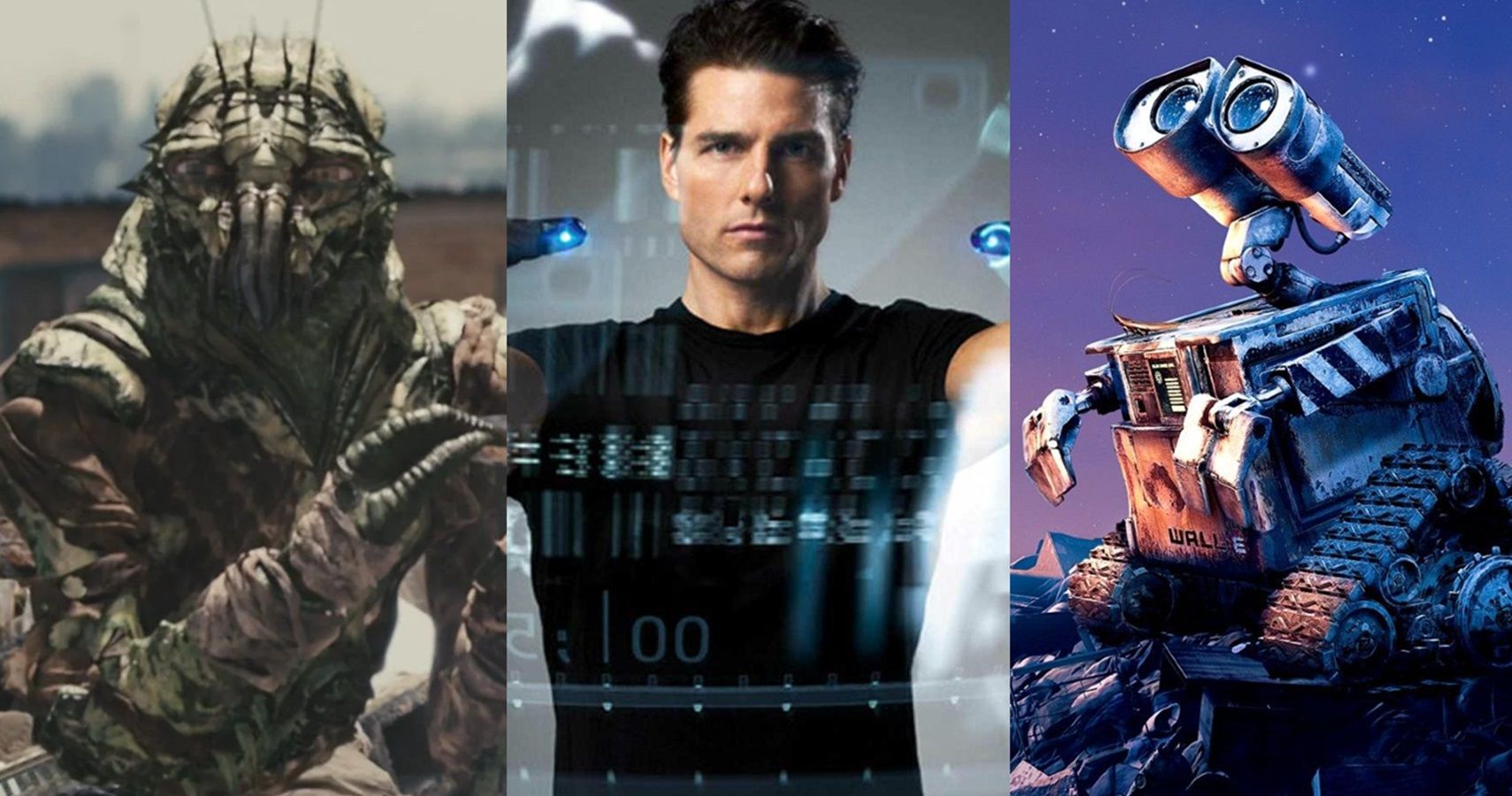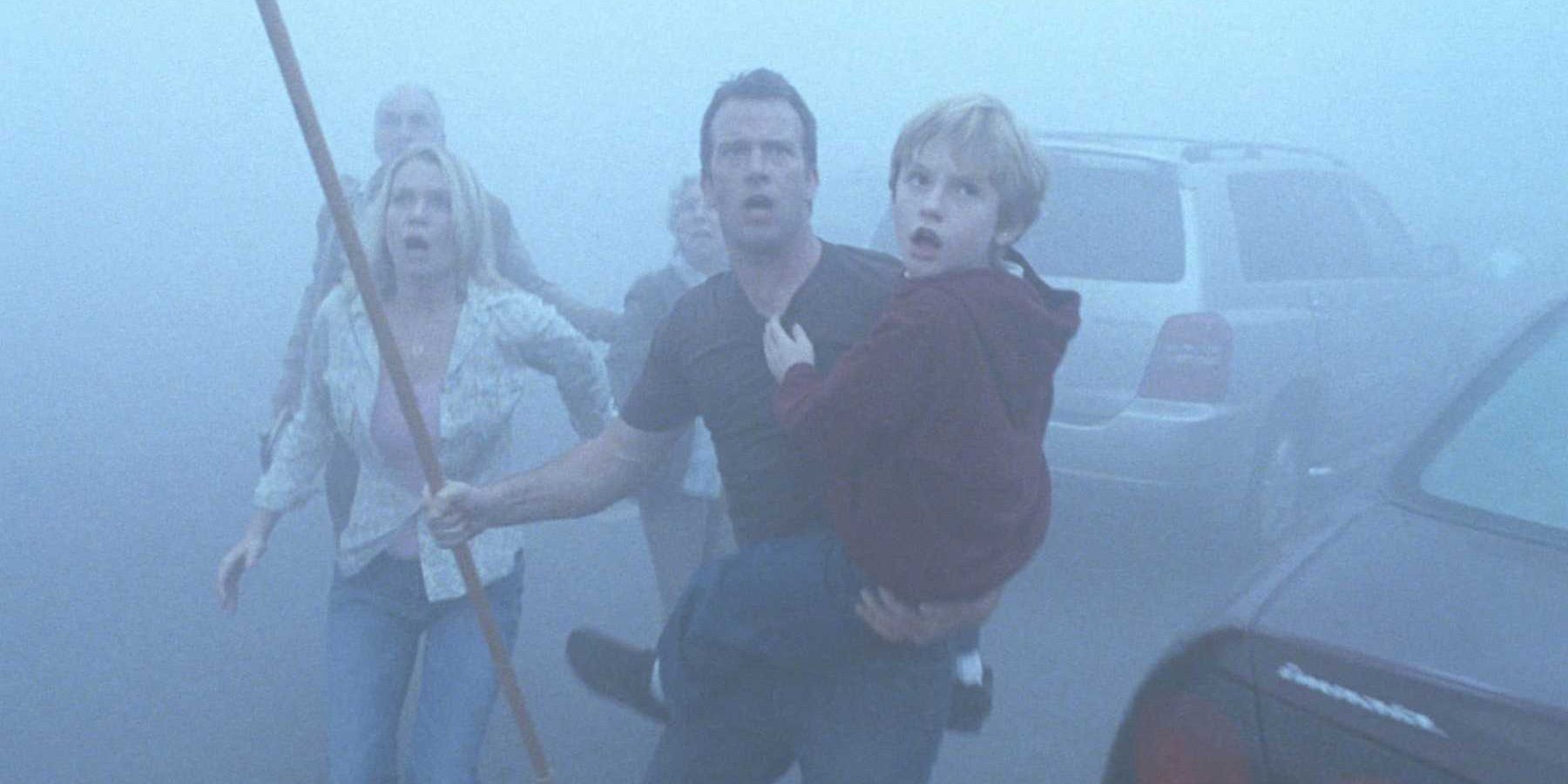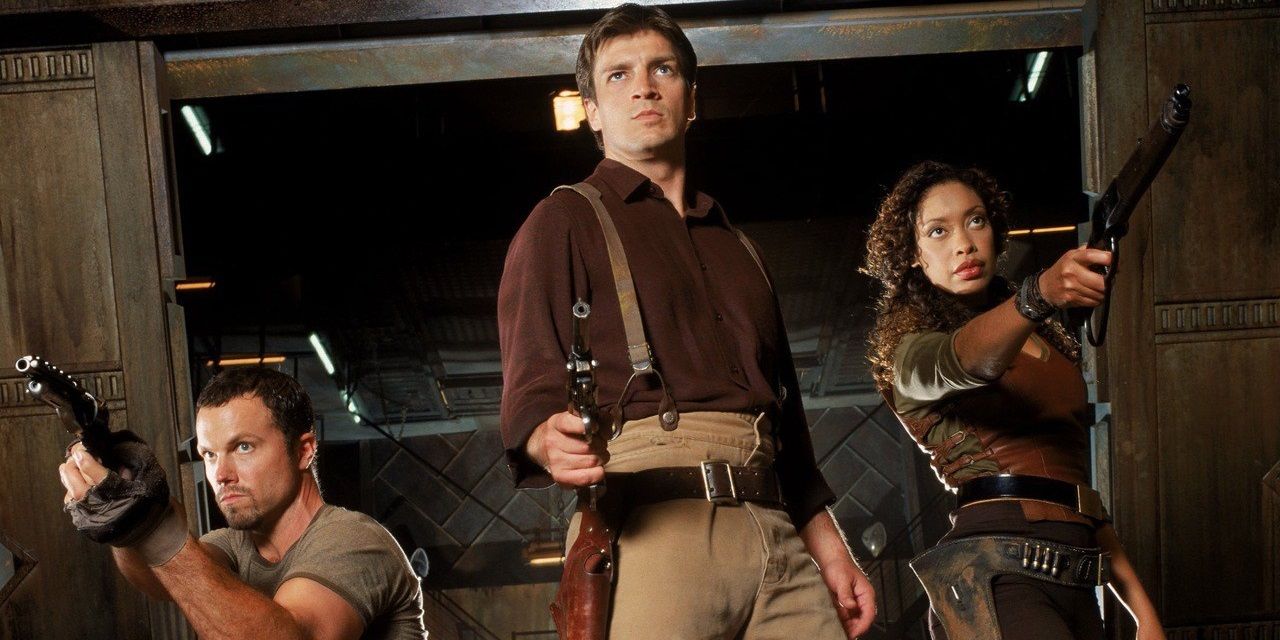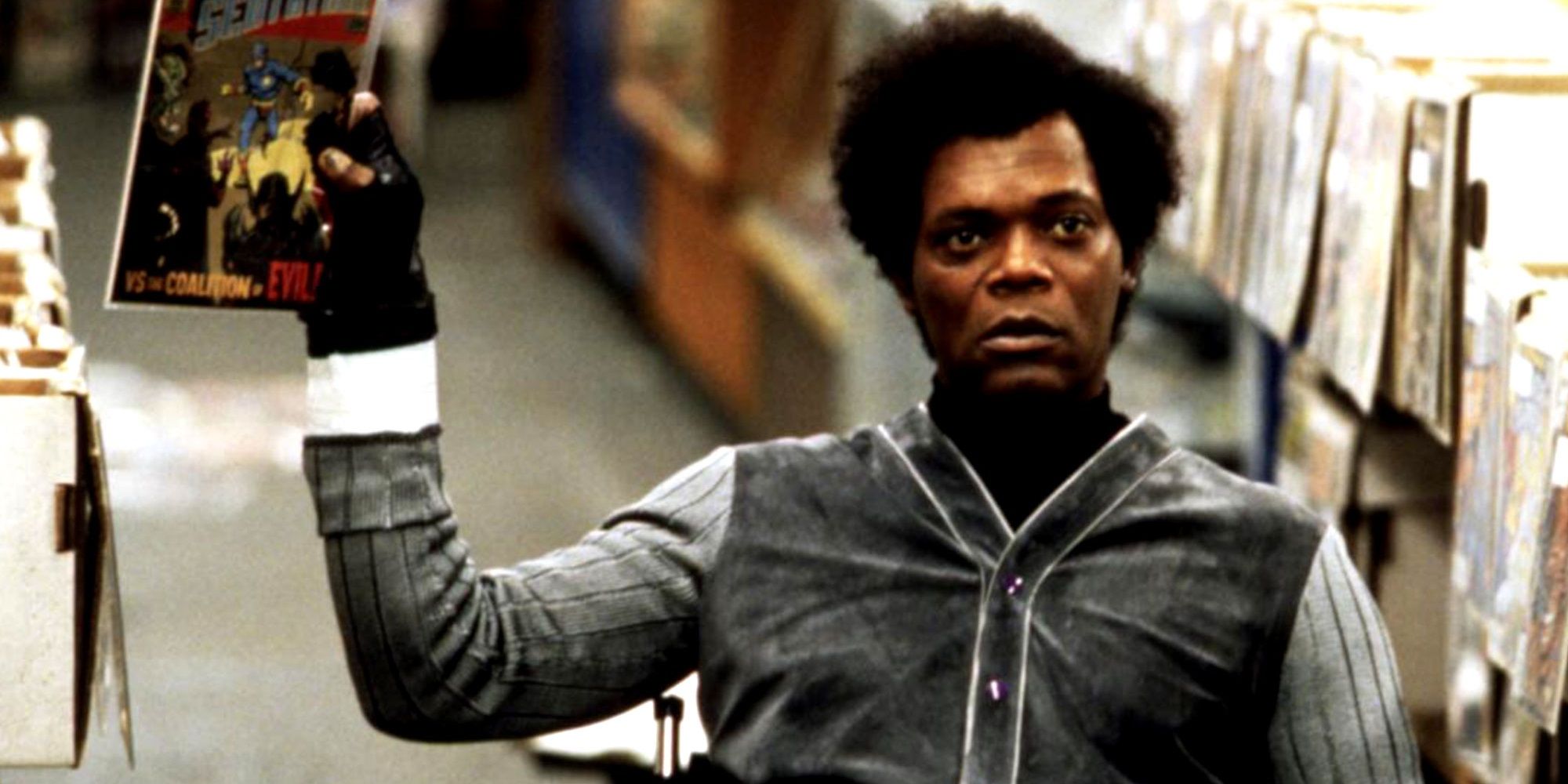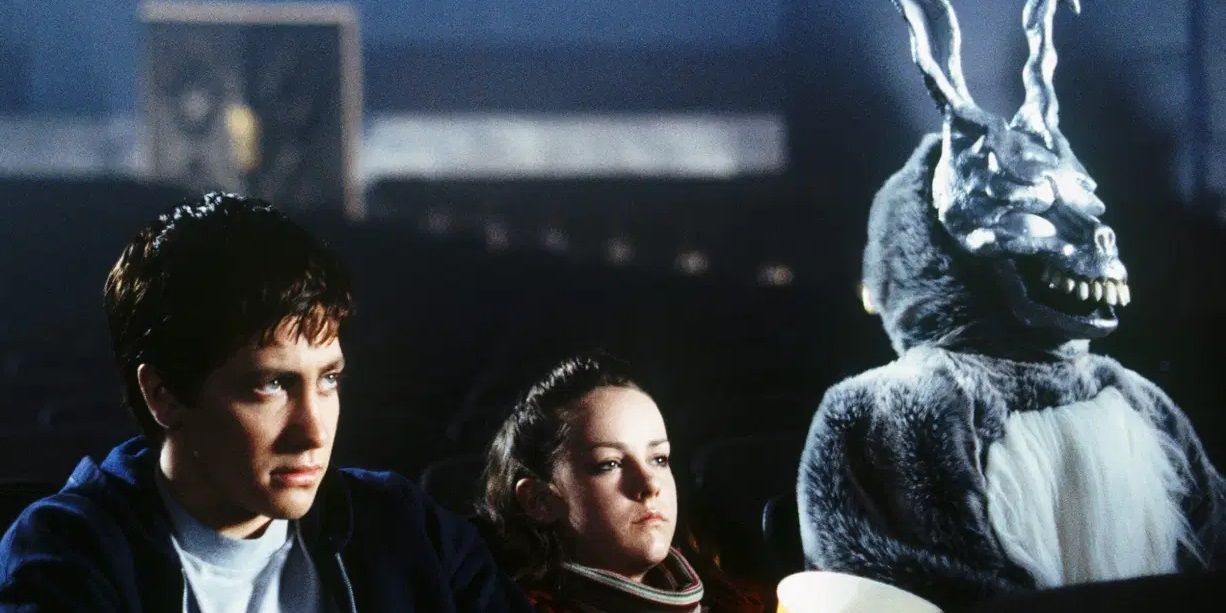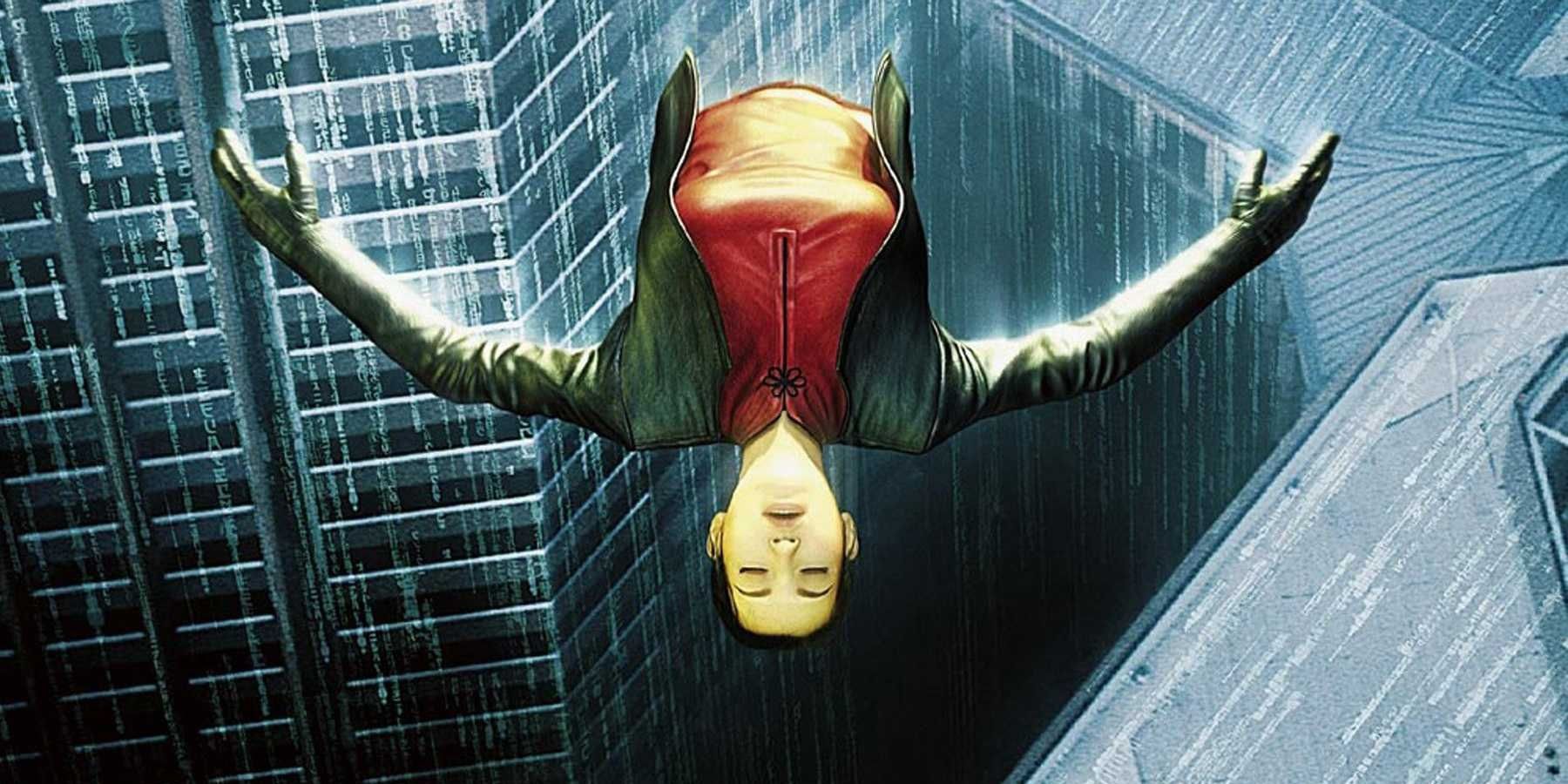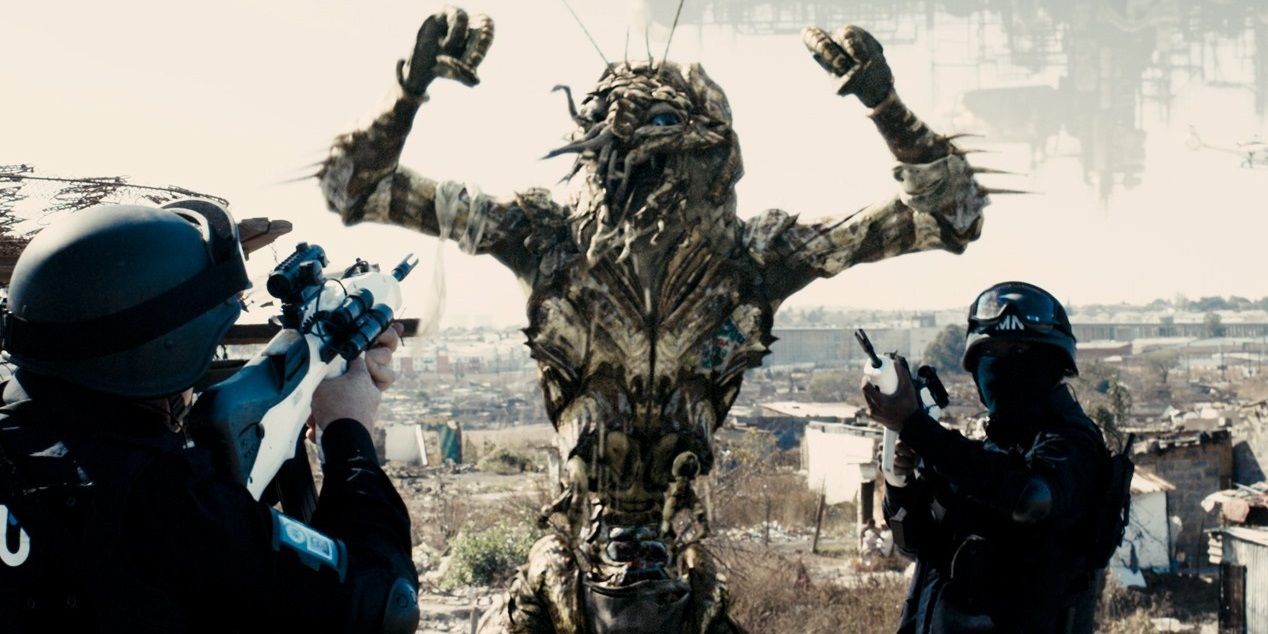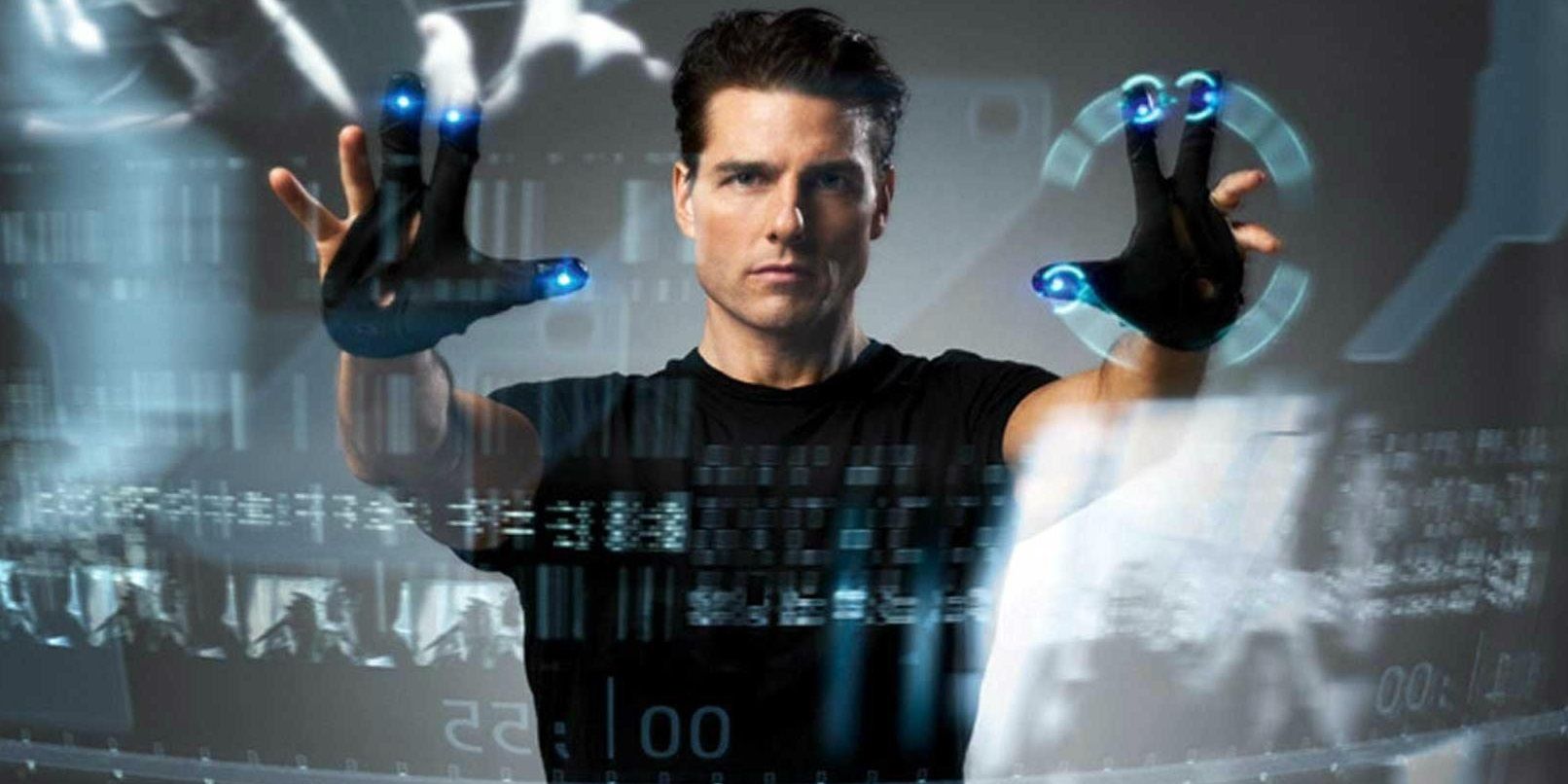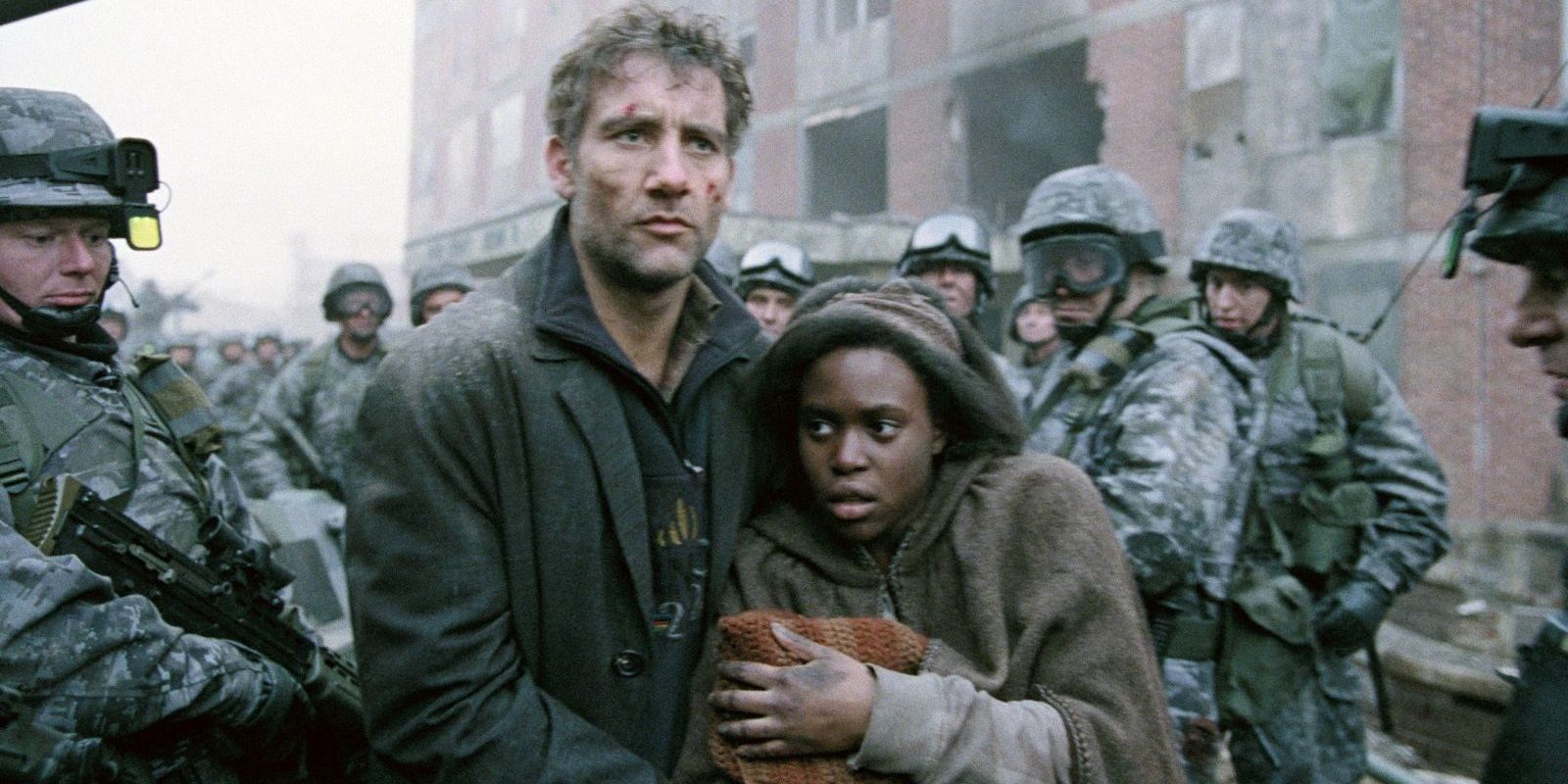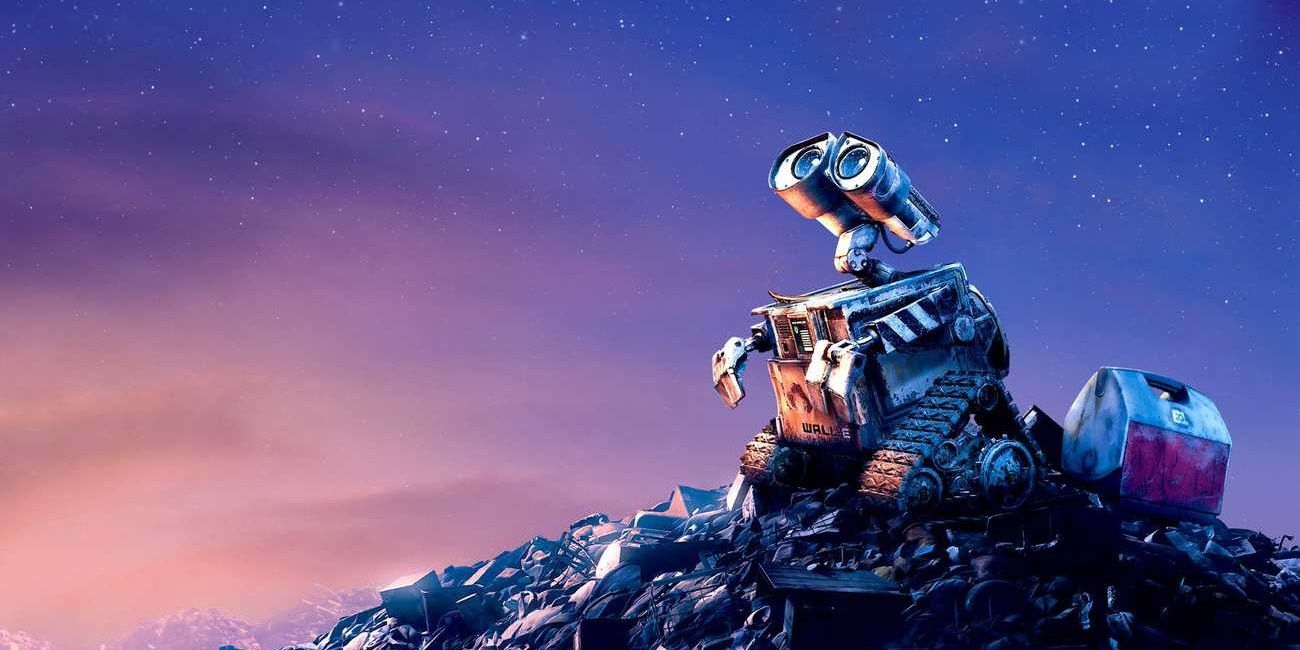With movies like Terminator 2 and Jurassic Park pioneering computer-generated effects in the ‘90s, CGI really took off in the 2000s. Barring the shaky, primitive effects seen in the Star Wars prequels, these new technologies gave filmmakers the opportunity to tell speculative stories like they’d never been seen on the big screen before.
Many Hollywood studios squandered this new capability by confining all its movies to a little box, all following the same basic tried-and-true blockbuster formula — which makes sense from a moneymaking perspective, to be fair. However, a handful of visionary directors with the clout to command huge budgets used CGI to reinvigorate sci-fi cinema throughout the decade.
The Mist (2007)
Adapted from the Stephen King story of the same name, Frank Darabont’s The Mist focuses on a small town that is invaded by Lovecraftian monsters when a strange mist descends upon it.
Thomas Jane stars as a regular everyman who’s trapped in a supermarket with his son, trying to figure out a plan for survival, all building toward a truly staggering ending.
Serenity (2005)
The film adaptation of Firefly followed the franchise’s tradition of failing commercially and finding a cult audience later. Serenity is a suitably cinematic follow-up to the short-lived space western series, telling the story of the Alliance’s hunt for two fugitives hiding out on the eponymous ship.
A close second from 2005 is Revenge of the Sith, easily the best of the Star Wars prequels. In addition to being the source of a lot of the saga’s memes, the threequel also has some of its best action, emotional beats, and character moments.
Unbreakable (2000)
At the turn of the century, M. Night Shyamalan made his best movie of the era, right between his big break with The Sixth Sense and his recent low-budget career re-launch with The Visit and Split (although, with competition like Lady in the Water and The Happening, that’s not much of an achievement).
Bruce Willis and Samuel L. Jackson headline Shyamalan’s way-ahead-of-its-time reimagining of superhero mythology. Unbreakable tackles comic book tropes through a realistic, relatable lens. Unfortunately, its MCU-era sequel, Glass, was a massive let-down.
Donnie Darko (2001)
Although the year itself is the title of possibly the greatest science fiction film ever made, 2001’s sci-fi offerings were pretty disappointing. Tim Burton’s remake of Planet of the Apes was just horrible, while Spielberg’s “Pinocchio with a robot” movie A.I. paled in comparison to the Kubrick movie it almost was.
But in that sea of mediocrity, Richard Kelly’s psychological thriller Donnie Darko stood out as a masterpiece. The story of a disturbed teenager plagued by doomsday visions didn’t find an audience in its time (partly due to a poorly timed release for a movie featuring a plane crash), but it’s since become a cult classic.
The Animatrix (2003)
While the back-to-back Matrix sequels that 2003 brought were crushing disappointments in comparison with the groundbreaking original, the anime spin-off was a masterfully made sci-fi anthology.
In addition to filling in the franchise’s backstory and expanding its worldbuilding, The Animatrix tells a series of unique, self-contained stories.
District 9 (2009)
Neill Blomkamp took experiences of his upbringing in South Africa during the apartheid era and filtered them through a sci-fi allegory in District 9, the story of alien visitors being confined to a ghetto and treated like second-class citizens.
Producer Peter Jackson secured a $30 million budget for Blomkamp and pretty much gave him carte blanche, so District 9 has much more of an authorial stamp than the average sci-fi movie.
Minority Report (2002)
The stories of Philip K. Dick can either be adapted as a cinematic masterpiece, like Blade Runner, or a complete disaster, like Paycheck. Fortunately, Steven Spielberg’s Minority Report falls into the former category.
Tom Cruise stars as a cop in a future where the police can predict crimes before they happen, and he’s accused of the murder of a man he doesn’t know.
Children Of Men (2006)
Mike Judge’s Idiocracy provided some incisive satire and The Host deftly reinvented the monster movie in 2006, but the year’s crowning sci-fi achievement was, by far, Alfonso Cuarón’s dystopian masterpiece, Children of Men.
Set in a near future in which all women are infertile and humanity is on its last legs, Children of Men stars Clive Owen as a bureaucrat hired to protect the only pregnant woman on Earth.
Eternal Sunshine Of The Spotless Mind (2004)
With a juicy premise about a company that can erase people’s memories, Michel Gondry made the ultimate breakup movie with Eternal Sunshine of the Spotless Mind, a masterpiece of both science fiction and romance.
Jim Carrey stars as a man who hires the company to erase his memory of his ex-girlfriend, played by Kate Winslet, then gets trapped in his own mind when something goes wrong.
WALL-E (2008)
After beautifully realizing the world of the ocean on the big screen in Finding Nemo, Andrew Stanton did the same with outer space in WALL-E, a timely warning about the dangers of climate change and the future of the human race, on top of a heartfelt love story between two robots.
Just as he did with R2-D2, Ben Burtt brings the robotic characters of WALL-E to life with nothing more than incredible sound design.

